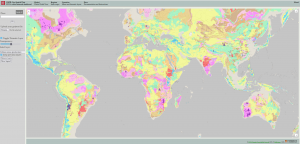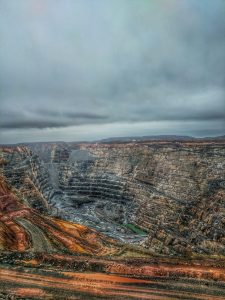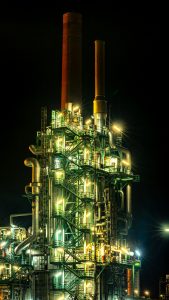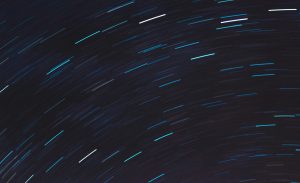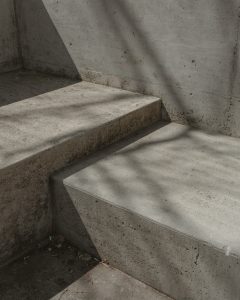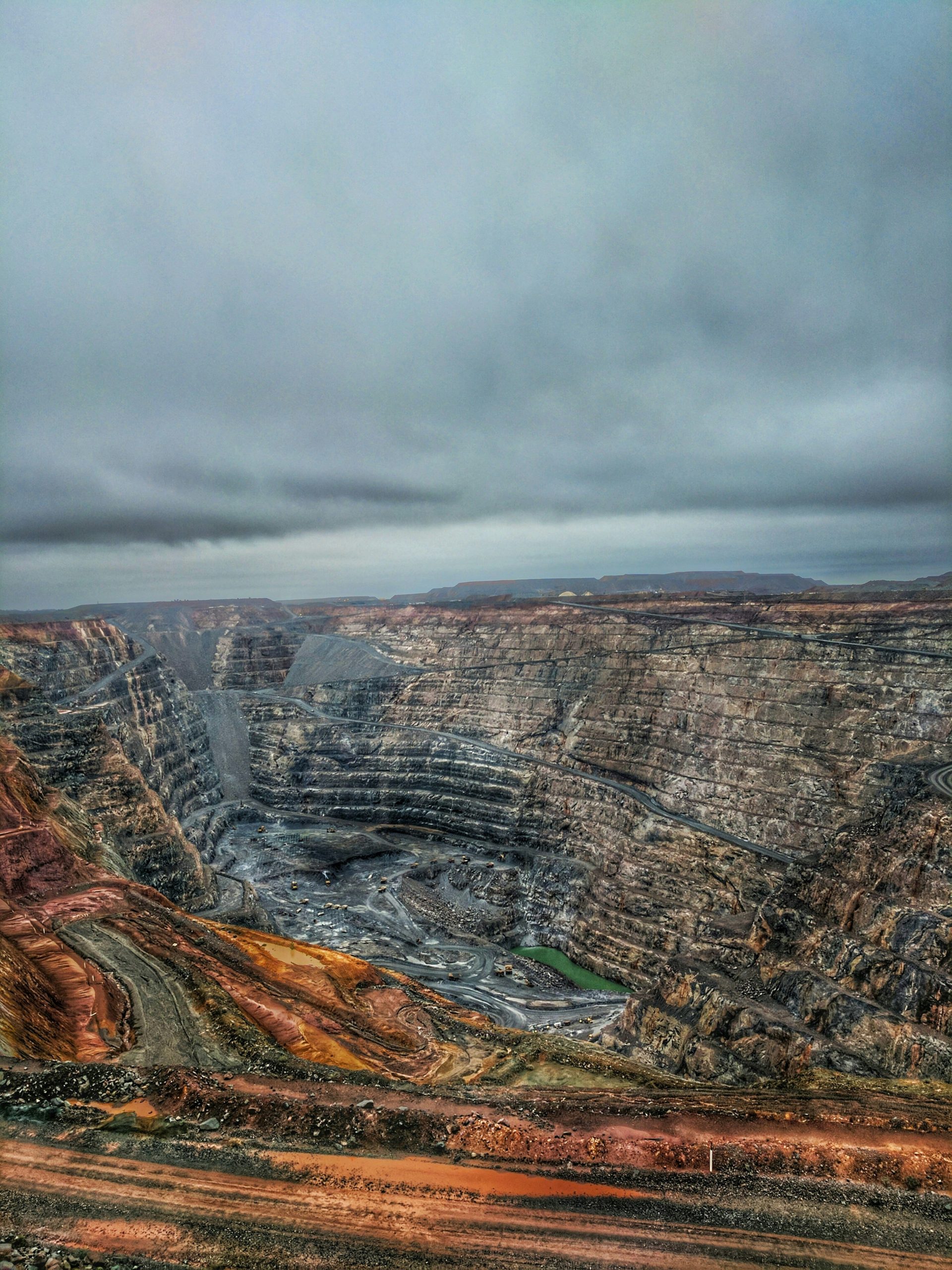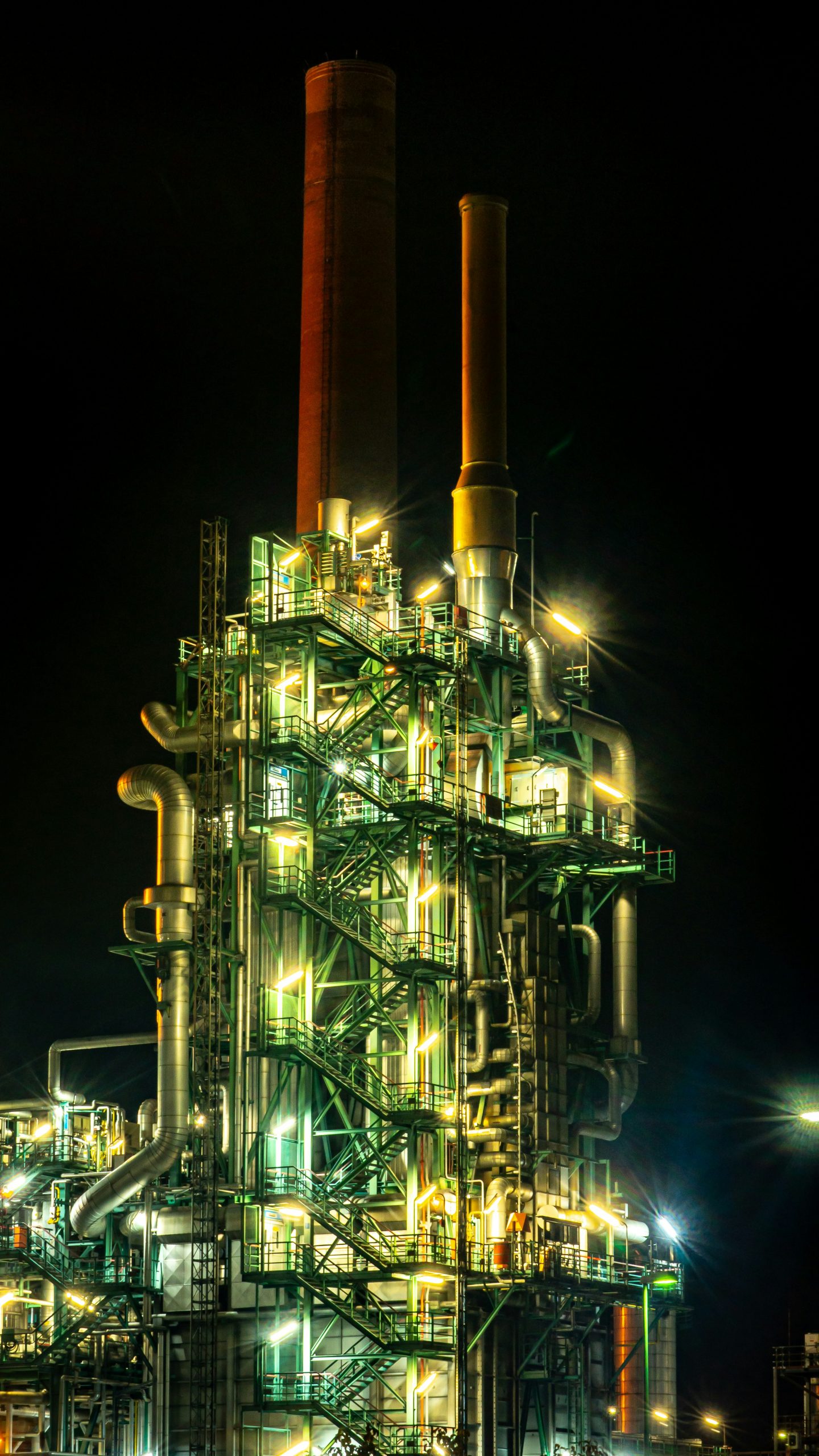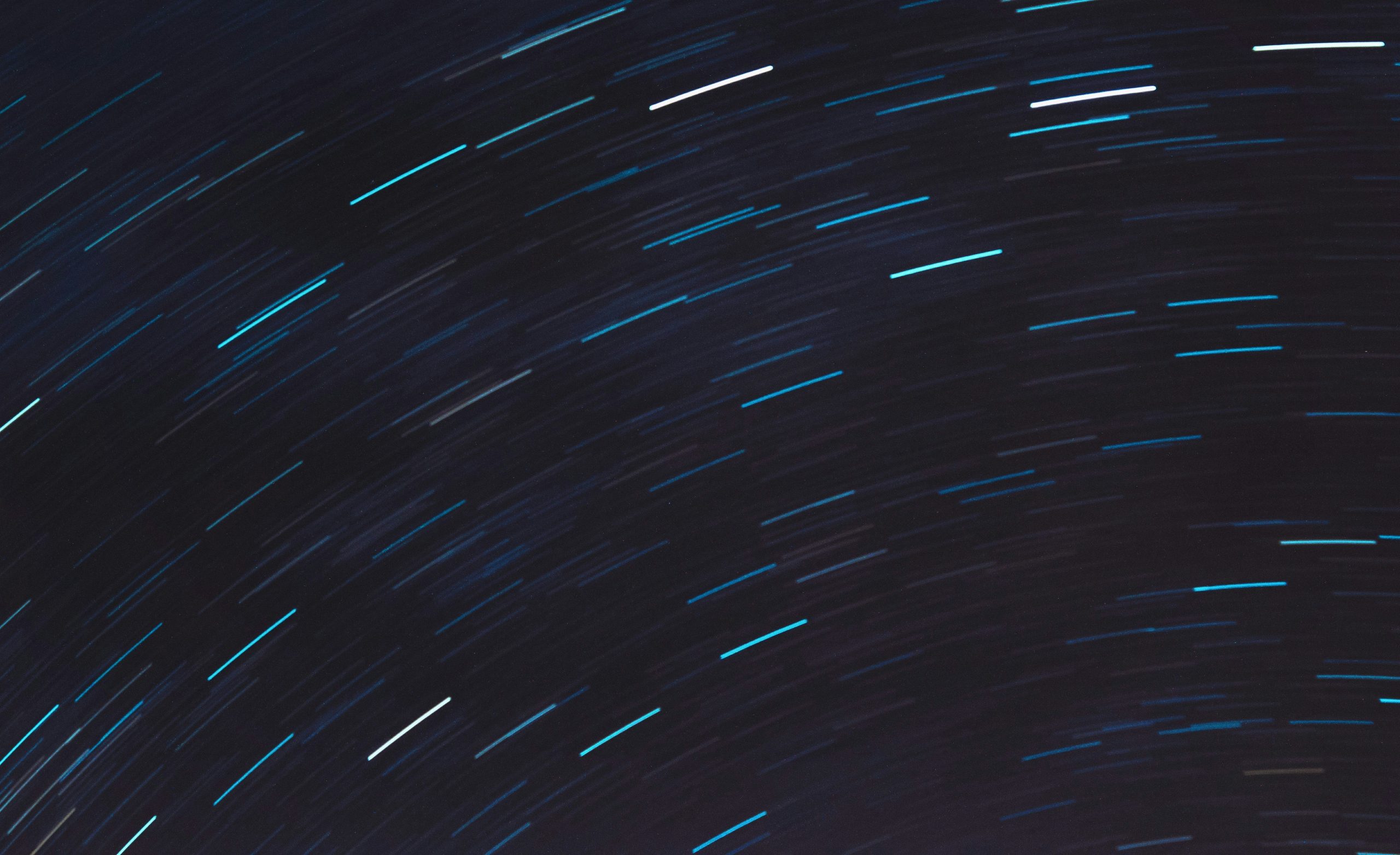Good early stage design decisions can halve embodied CO2 and lower structural frames’ cost
Material efficiency is not currently a common driver of building design. In previous studies, we estimated that 12% of the mass of steel used in structural frames would be saved by more accurate specification of steel members. However, this inefficiency is not the main reason structural frames are light or heavy. For the case of the steel structures, we show here that it is the layout of the grid and the choice of the decking which have the largest impact on the embodied carbon of frames.
This paper uses a database of real designs, associated to a generative design model, quantifying the impact of grid and decking selections. Using our model, we find that real designs are relatively efficient economically, but less so environmentally. The typical building frame could have 40–60% less embodied carbon and be approximately 10–20% cheaper with the right selection. We show how more complex frames have higher embodied carbon than simpler grids.
From our findings, we establish a list of design considerations that architects and structural engineers should account for when creating an initial design. This will enable them to lower the embodied carbon through simpler layouts and better choice of decking technology, allowing optimisations to be fully effective.
Read the full paper by Cyrille Dunant, Michał Drewniok, John J. Orr and Julian M. Allwood here.
Photo credit: Yender Fonseca

